I wrote about the Old Highland Museum in a previous blog post in the context of their temporary exhibition of Swiss paper-cut art. However, this museum is well worth a visit for their permanent exhibition of traditional art and lifestyle of the Fribourg highlands.
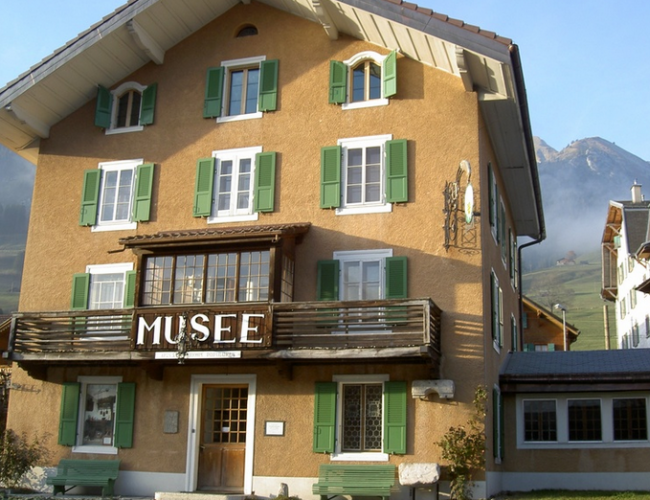
Apart from a large collection of antique paper-cut art, this museum displays an extensive array of household objects related to the occupations and lifestyle of people from the alpine region of Fribourg including farmers, blacksmiths and cheese-makers, as well as the upper bourgeois class. There are several recreated interiors, a bourgeois dining room and kitchen, with a tiled stove and a waffle iron dating of 1581, a farmer’s kitchen with a bread oven which dates back to 1665.
The most notable paper-cut art works are those of Johann Jakob Hauswirth. Born in 1809 in Gessenay / Saanen in the canton of Berne, he is the forerunner of paper-cut art depicting pastoral landscapes, which in time became a symbol largely associated with Swiss folk culture. Today those black and white pastoral scenes are a trademark of Swissness and are found on many products made in Switzerland.

Little is know about Hauswirth’s life and even less on how he came up with the idea the make paper-cut representations of pastoral / poya scenes (poya – transhumance in the franco-provençal dialects of the Swiss alps). He was a coal-man working as a day laborer in Saanenland and Pays d’EnHaut. He made small paper cut images which he sold as Bible bookmarks in order to pay for his accommodation. His work became so popular that he started to work on demand and his art works became larger and more complex.
Although a local museum, it has quite an extensive and diverse collection of objects from the region, larger than the one in Tafers, offering a good glimpse of how people used to live around these parts. It is amazing to see how the Swiss culture of practicality, quality, attention to detail and aesthetics is well rooted in history. Industrial and more recently informational revolution have replaced the tools but not necessarily the values and the mindset.
Furthermore, for me it was also interesting to place this local, alpine culture in a larger European context. For example alpine butter molds, decorated with solar shapes are very much similar the the ones still in use in Vrancea county in Romania.
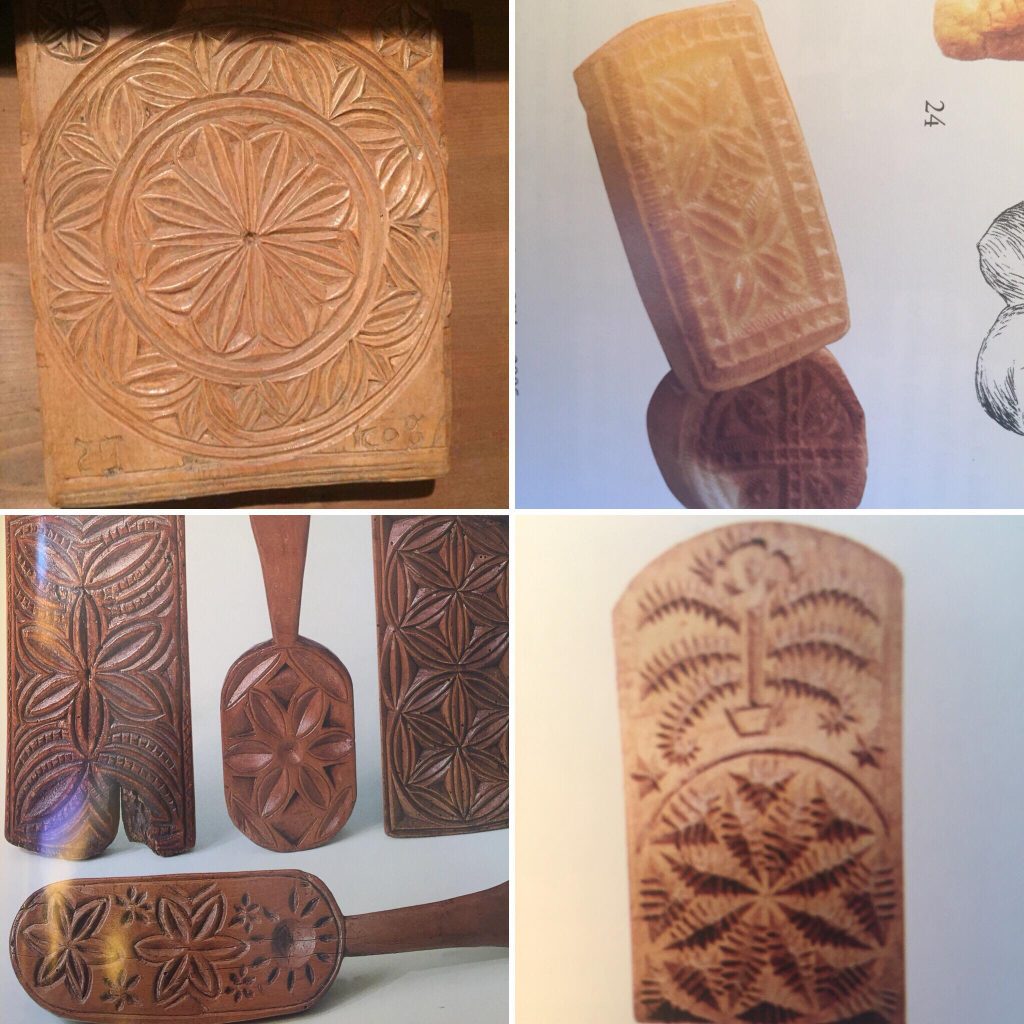
See below some of the photos I took.
Check out their website for news on temporary exhibitions and the official Château d’Oex website for other activities around this area.
For further reading on Swiss paper cut art I recommend: L’art du papier découpé – Felicitas Oehler.
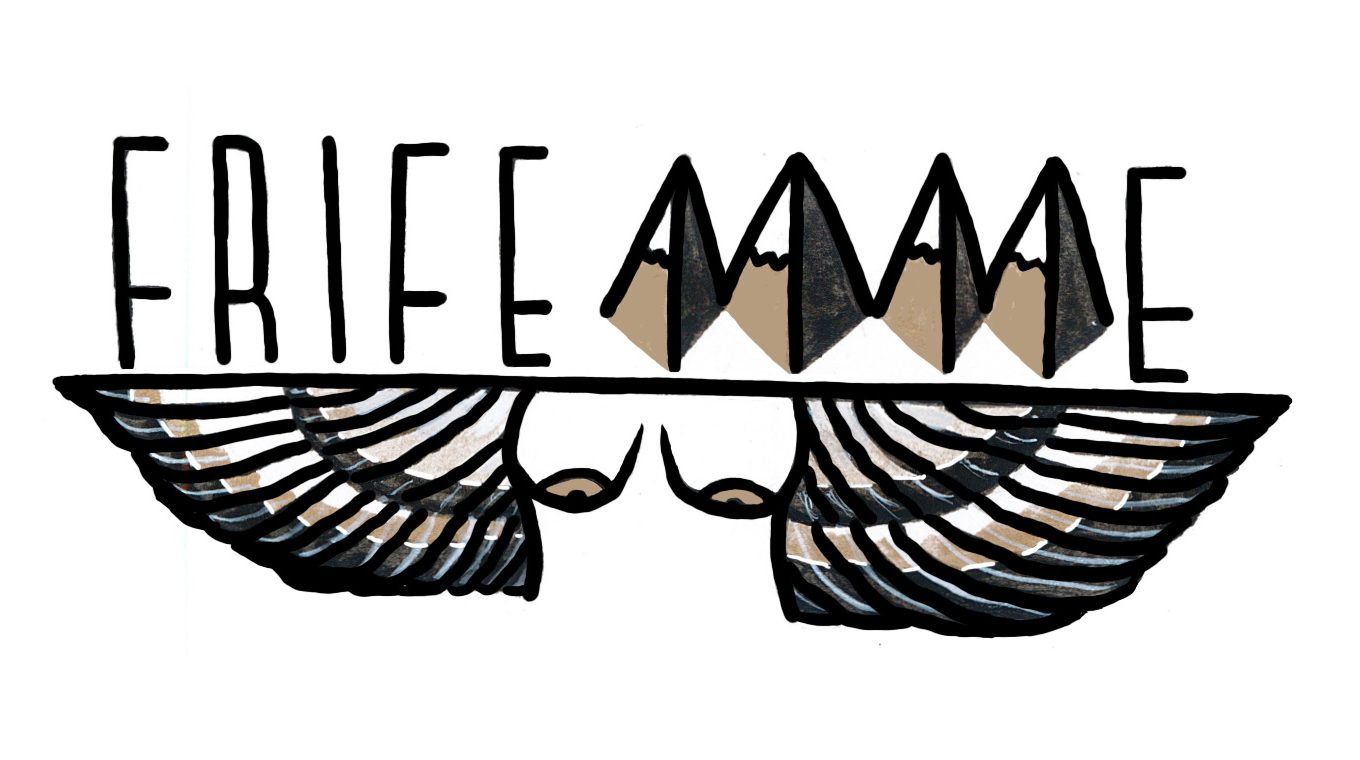
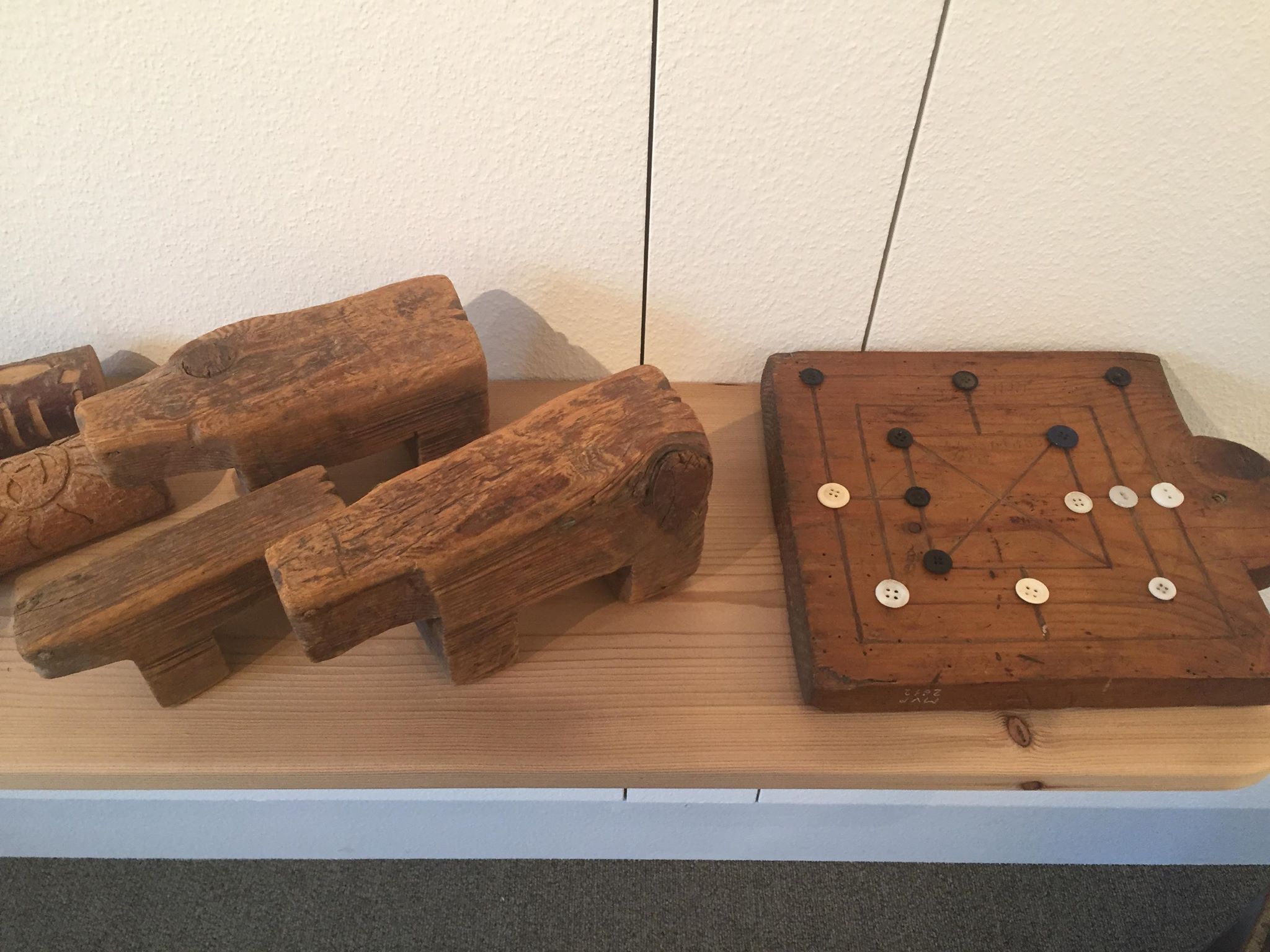
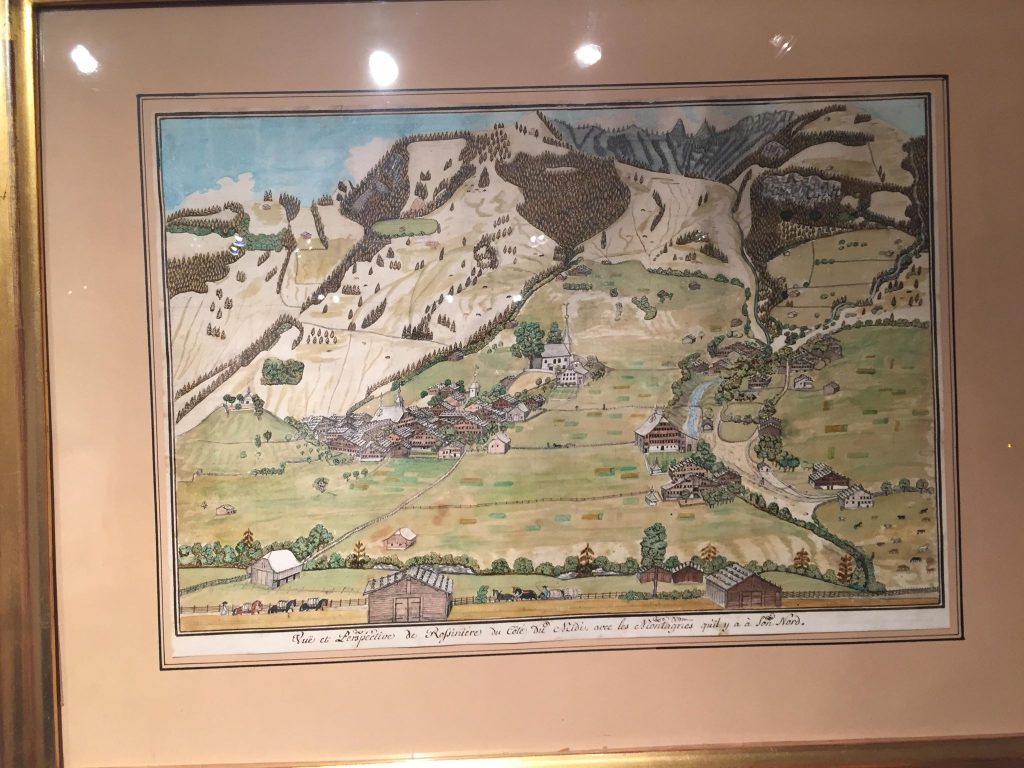
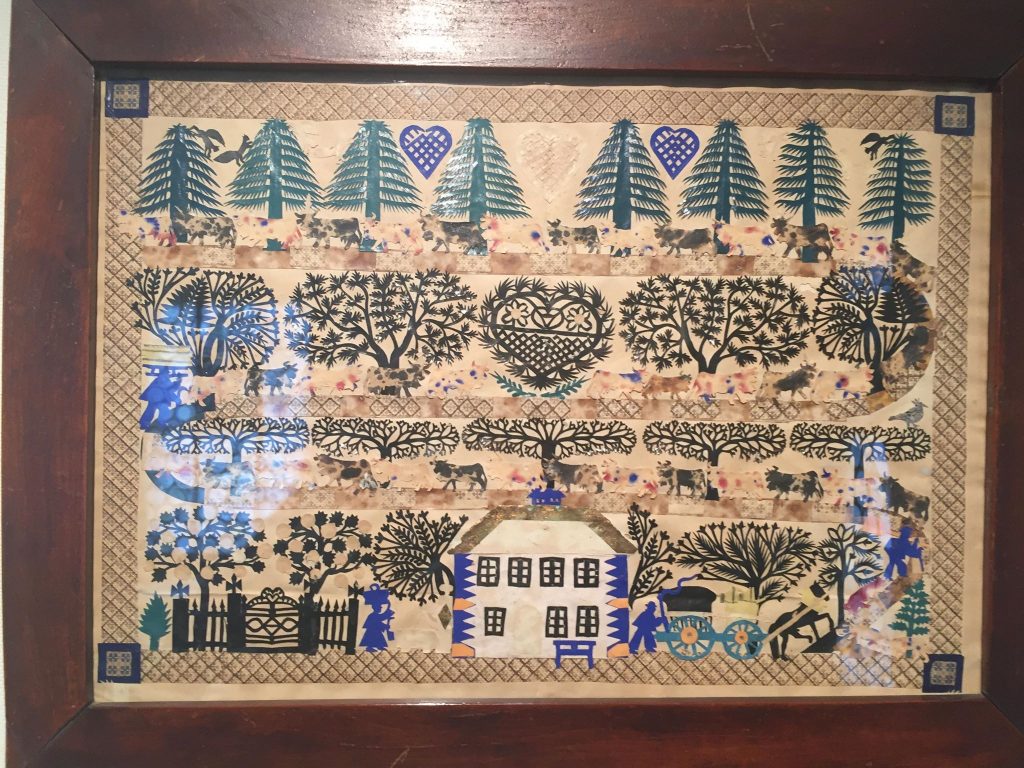
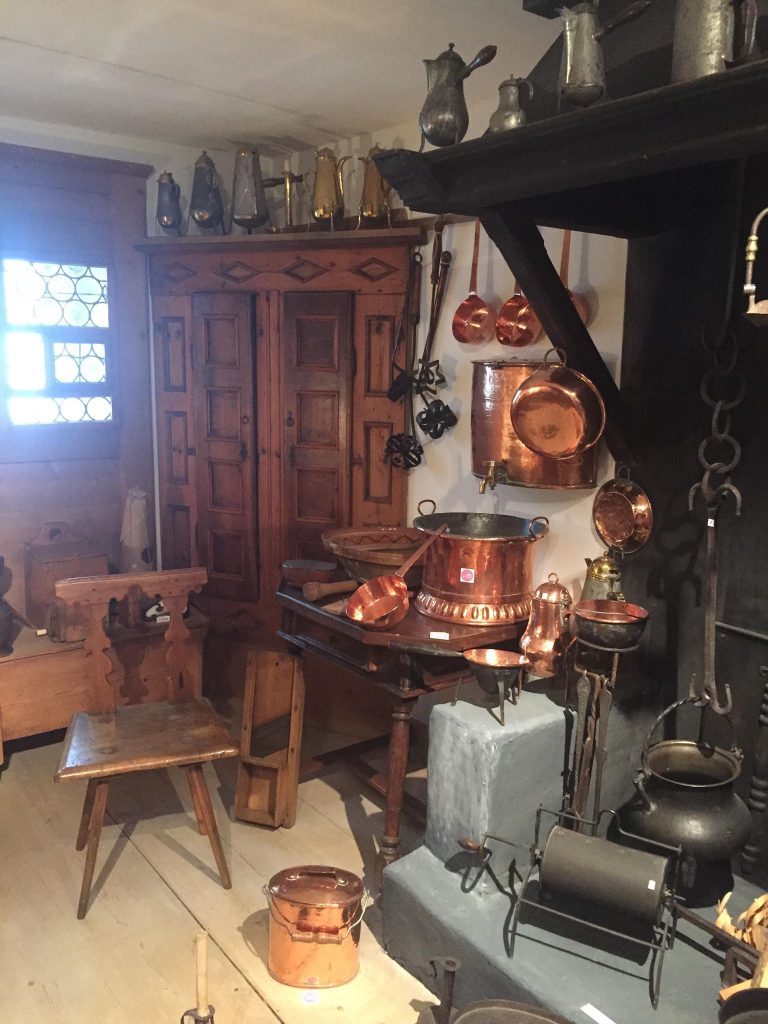
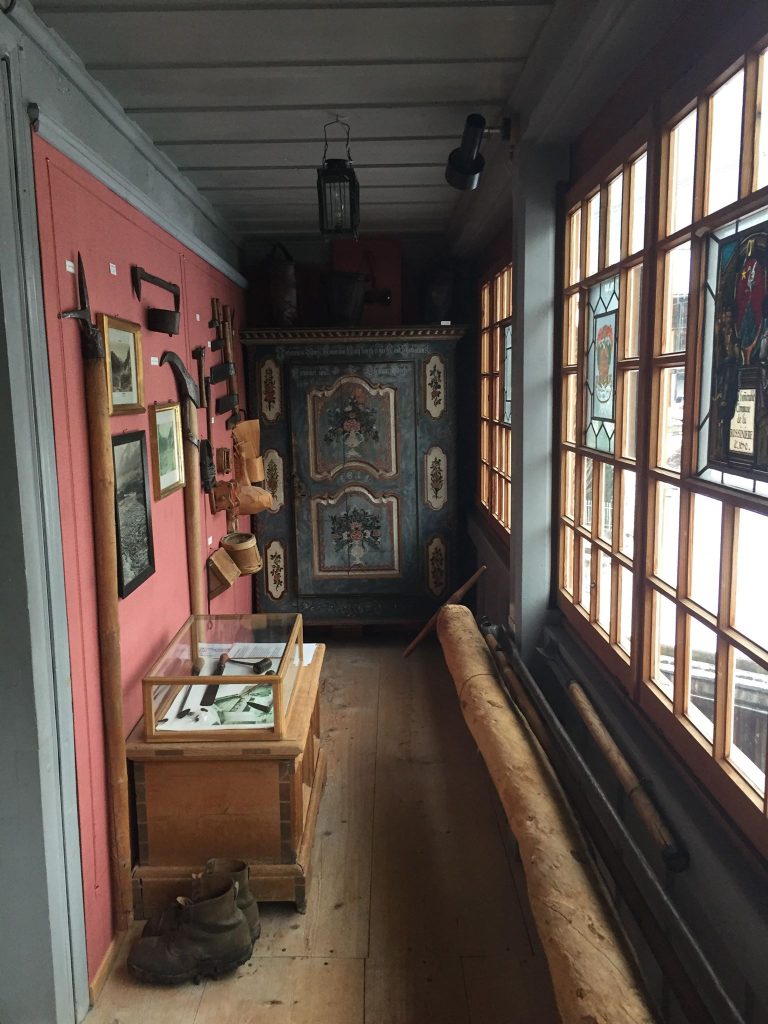
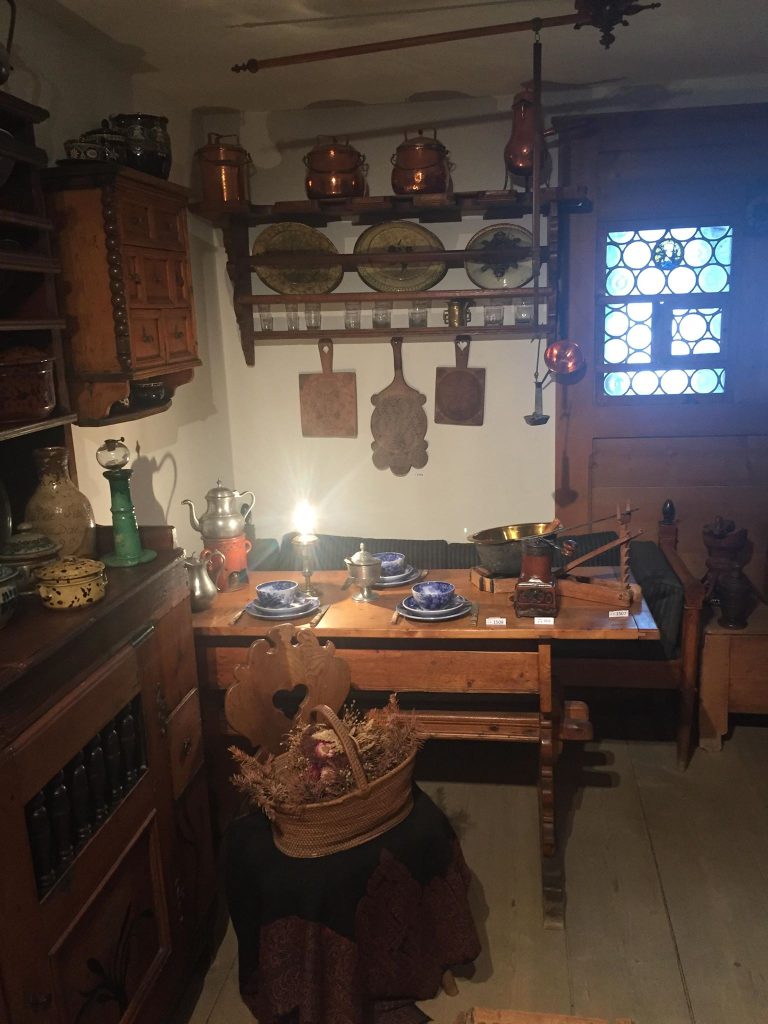
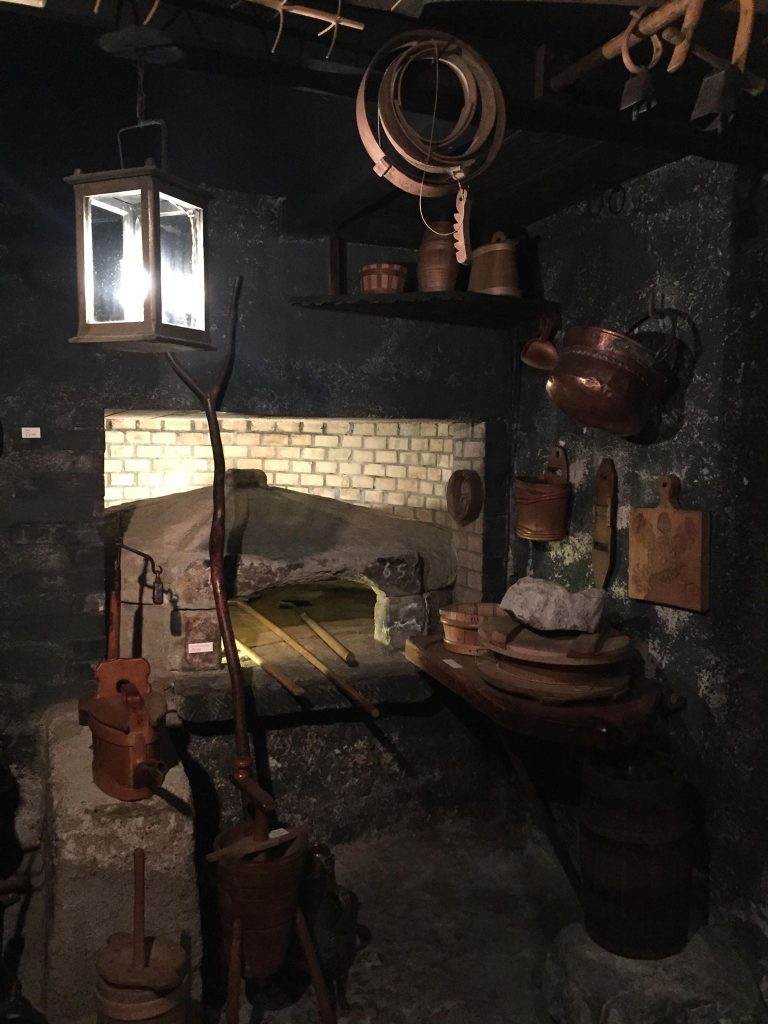
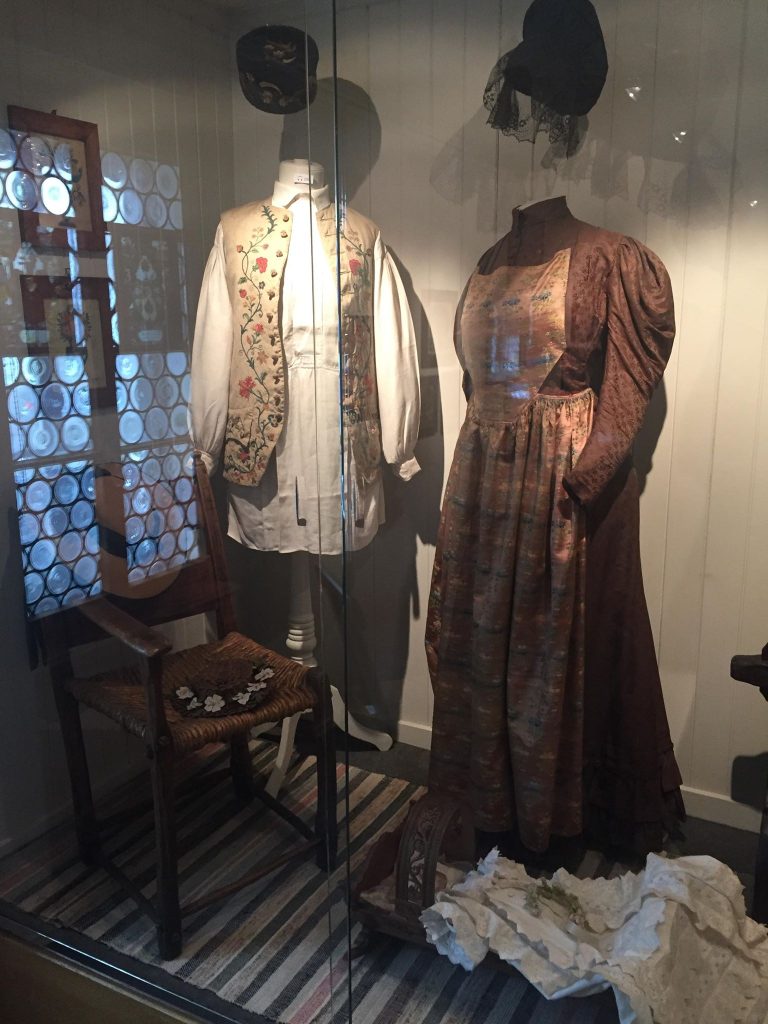
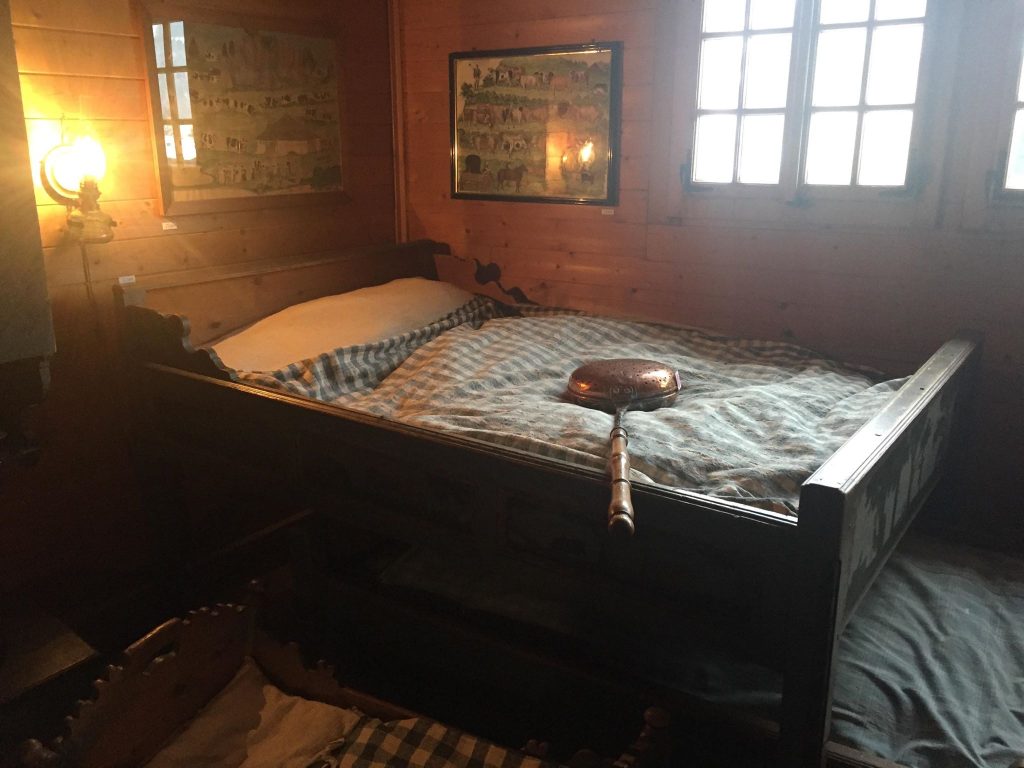
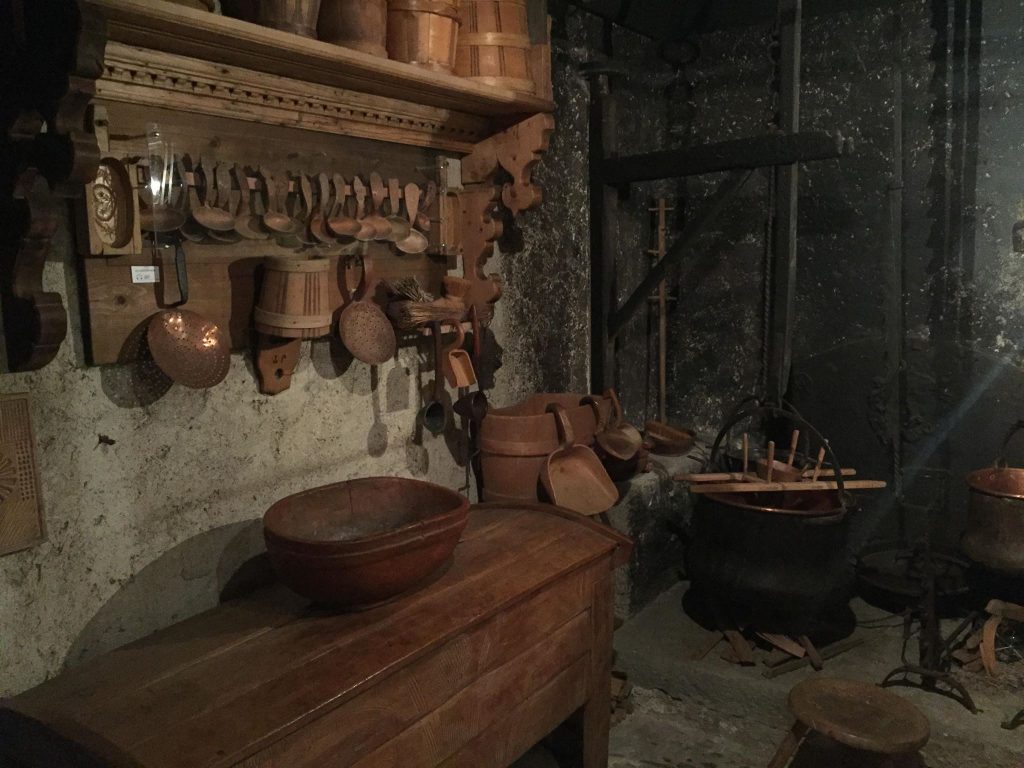
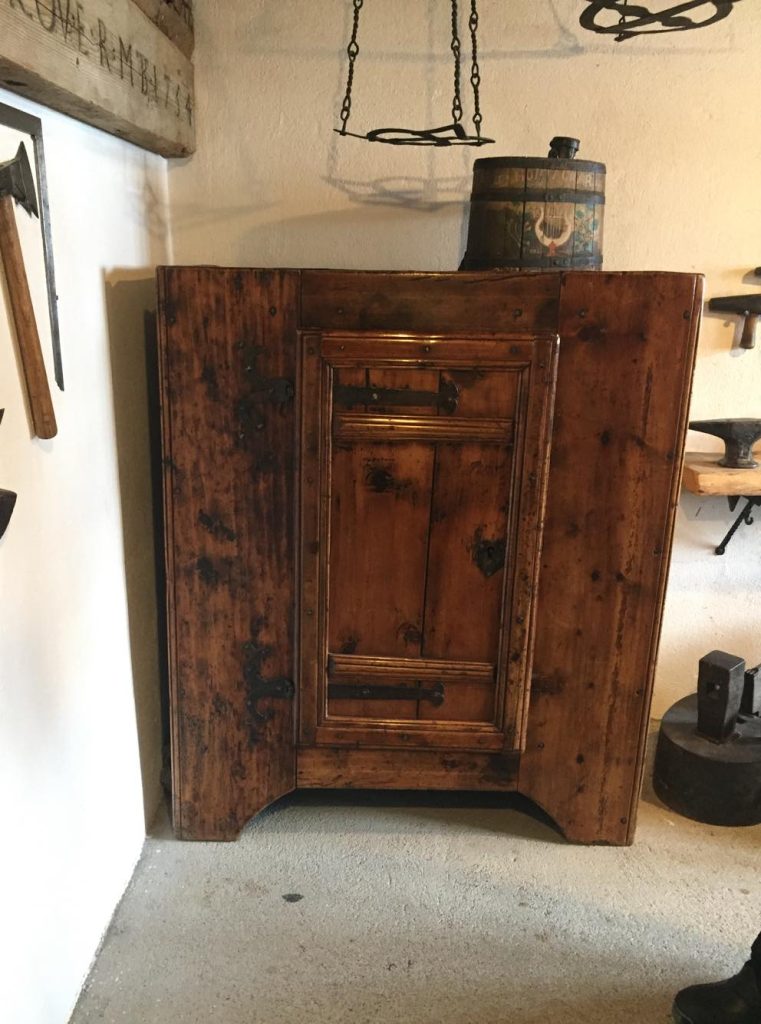
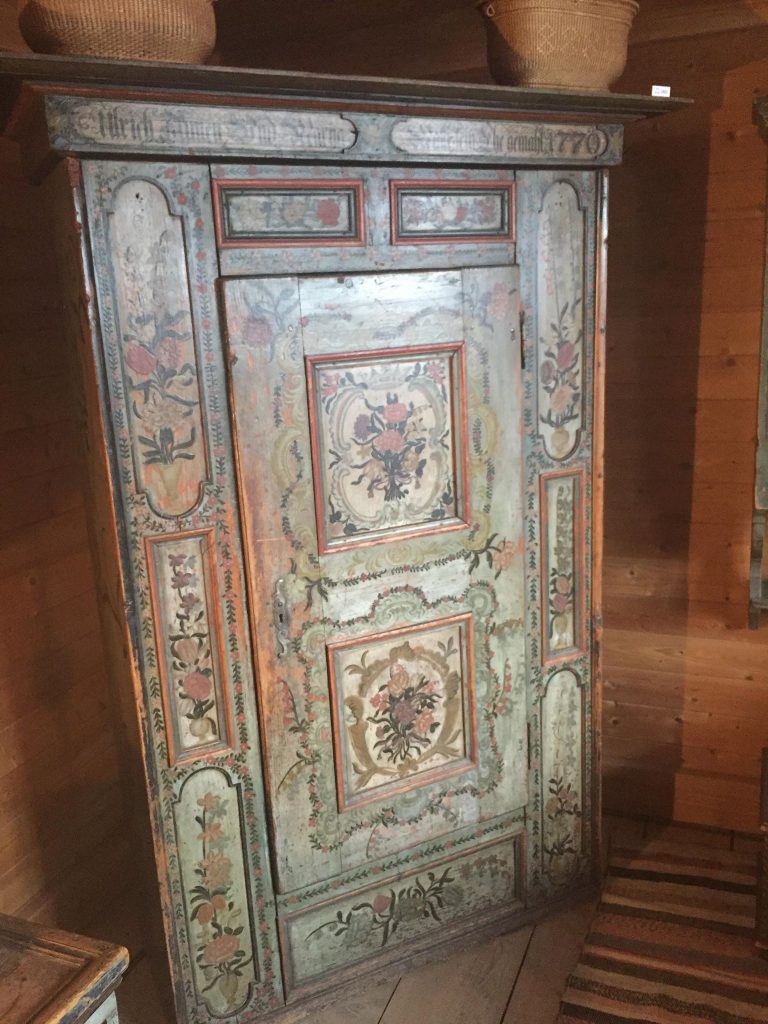
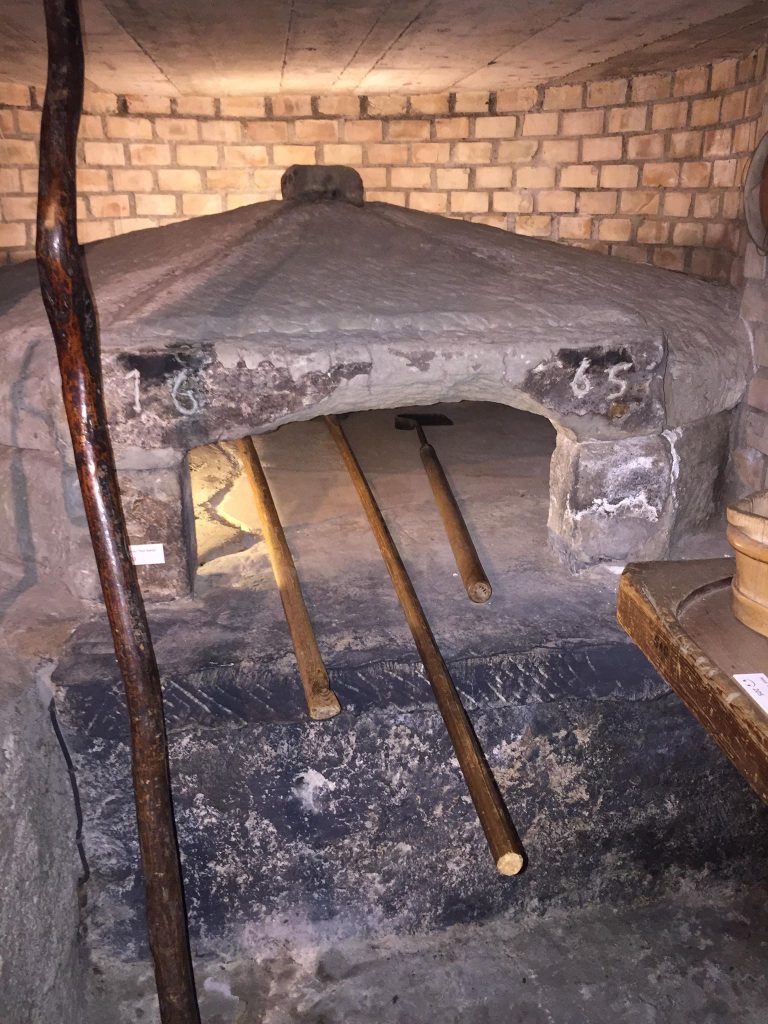
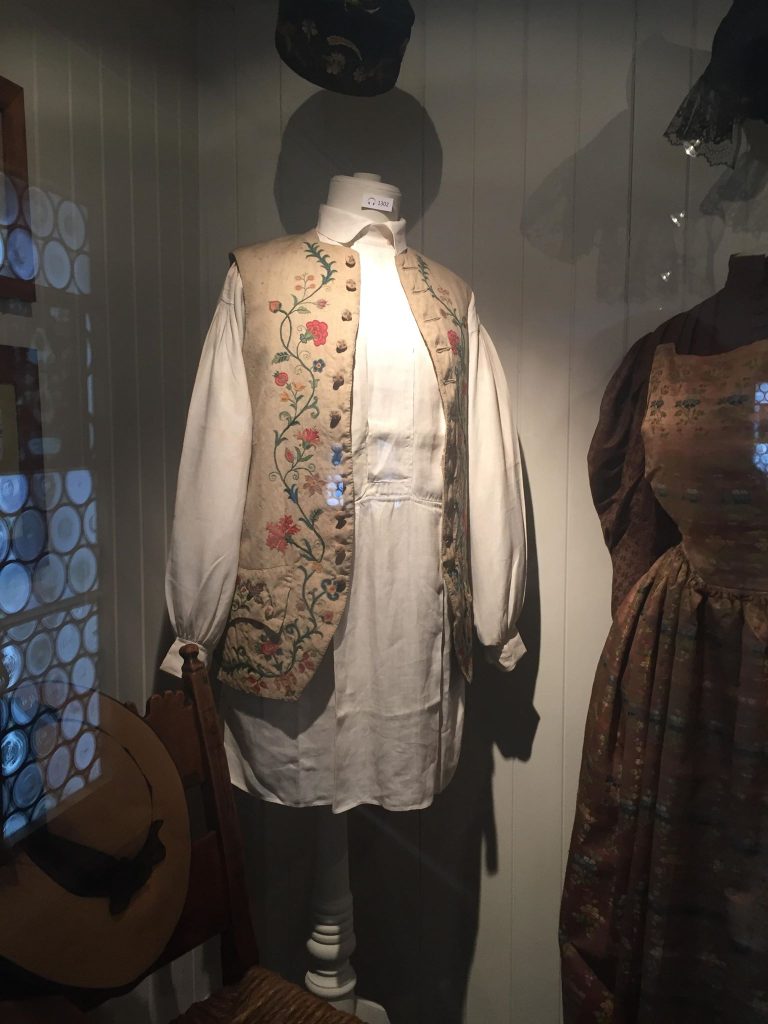
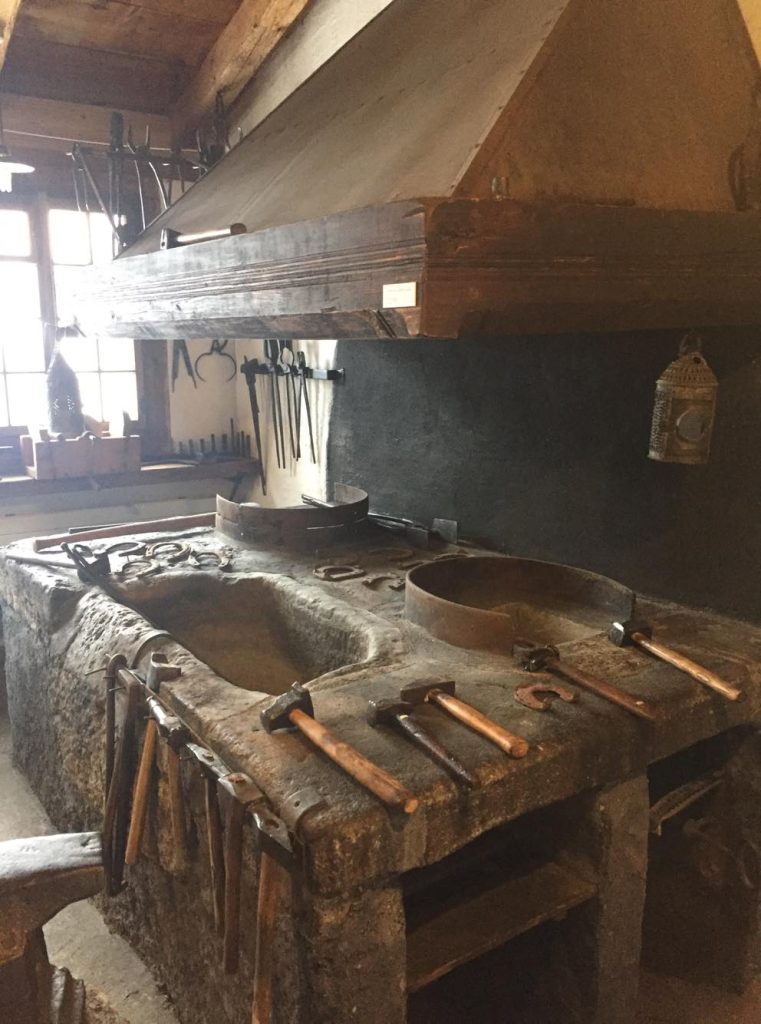
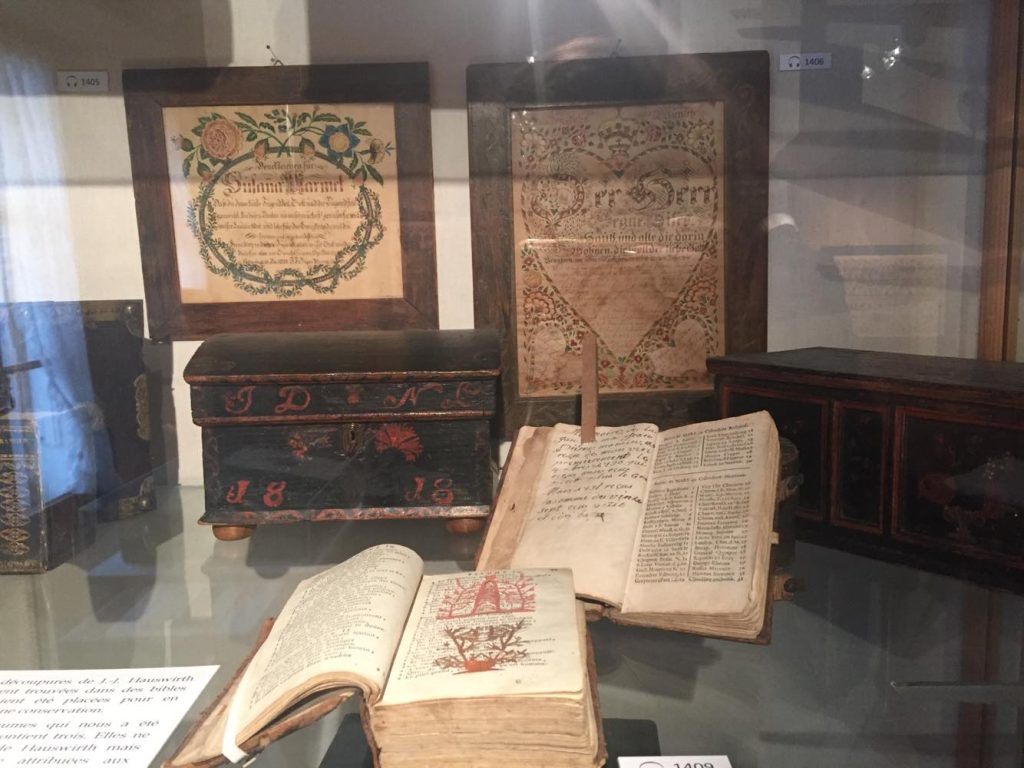
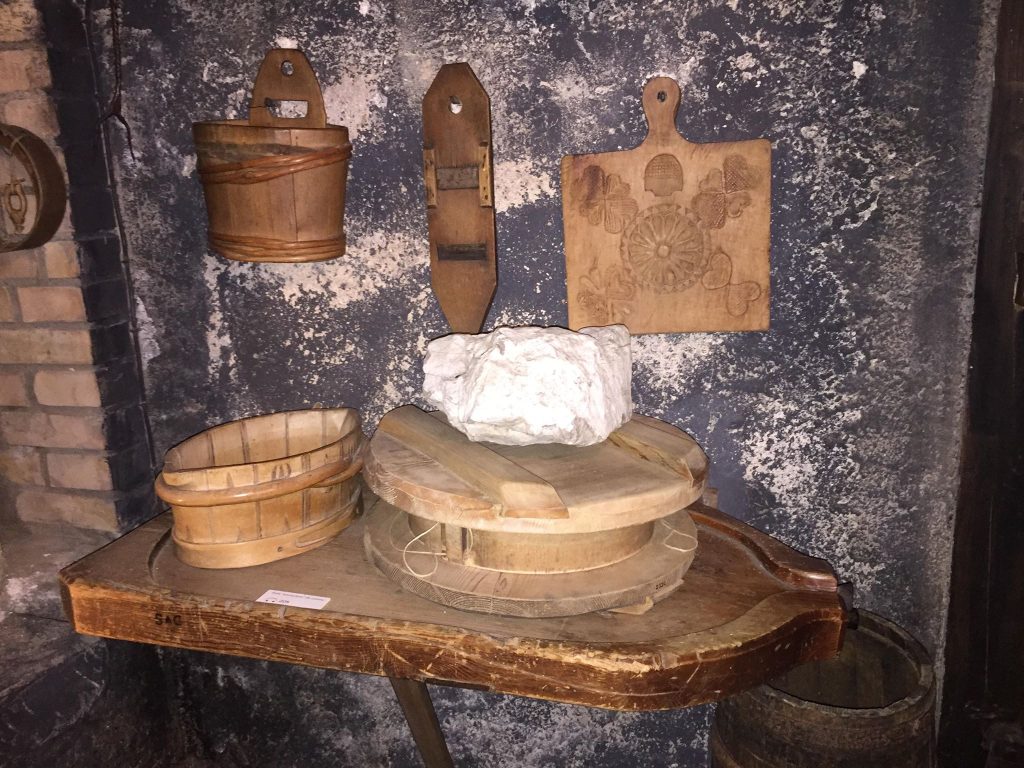
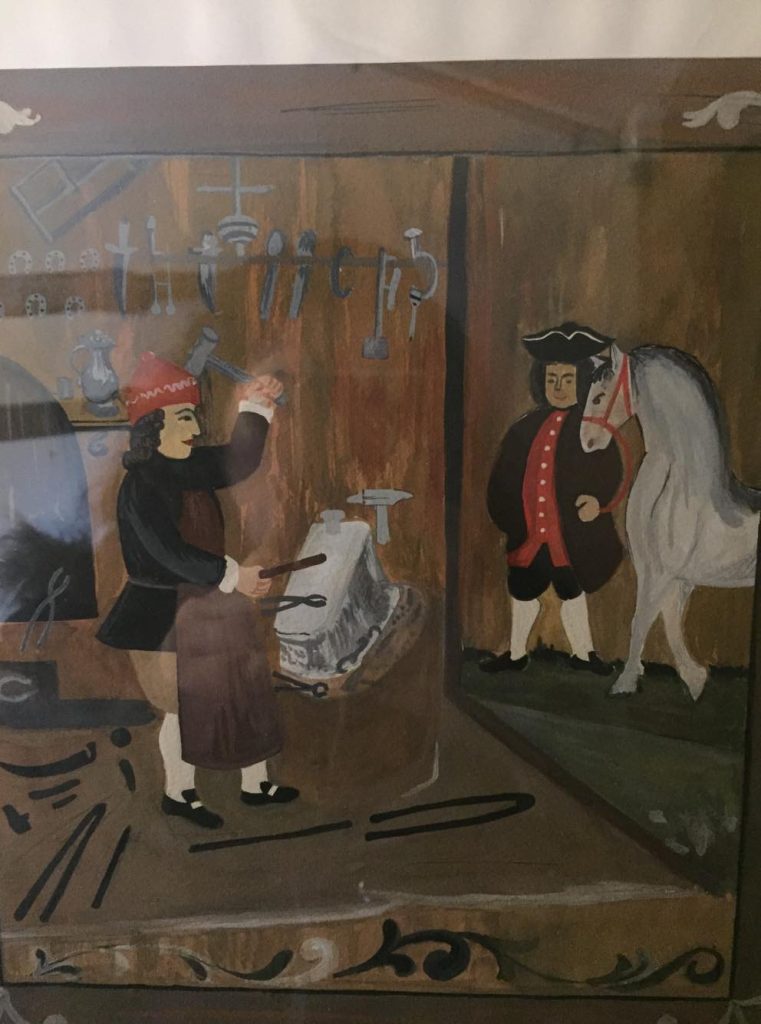
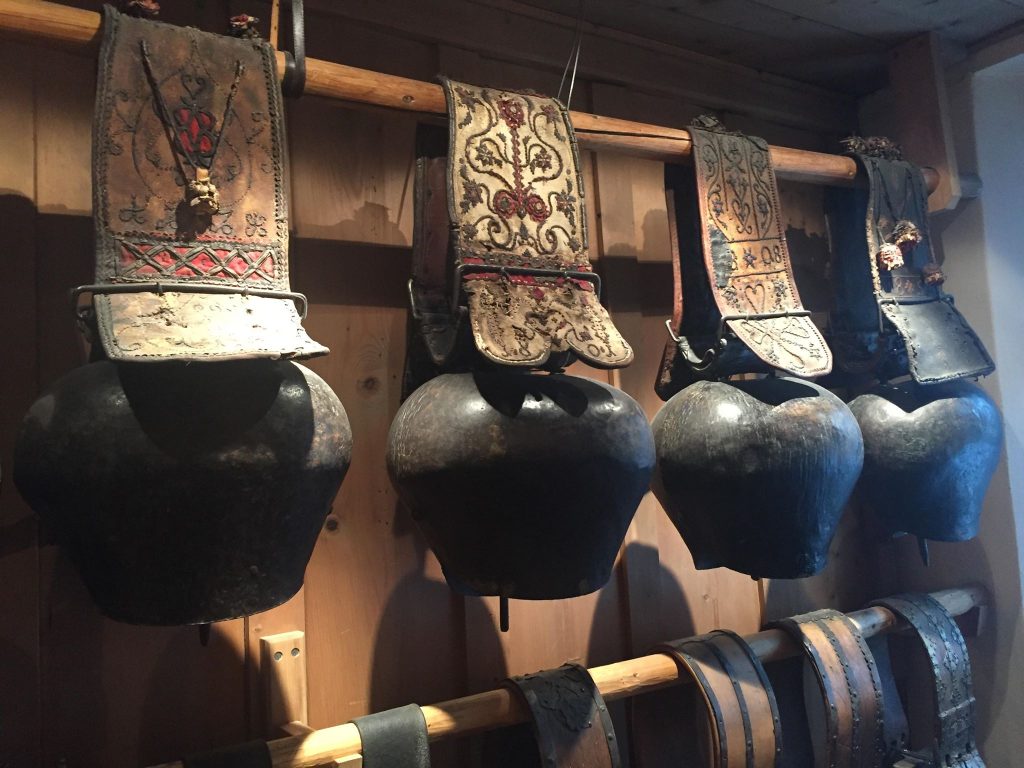
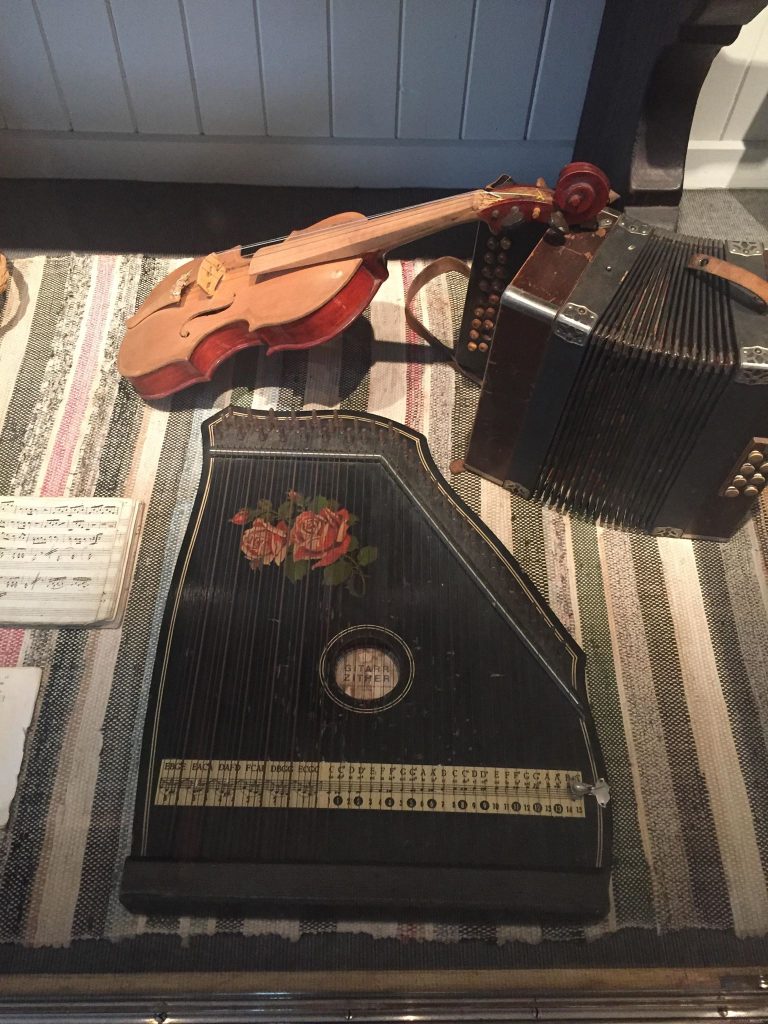
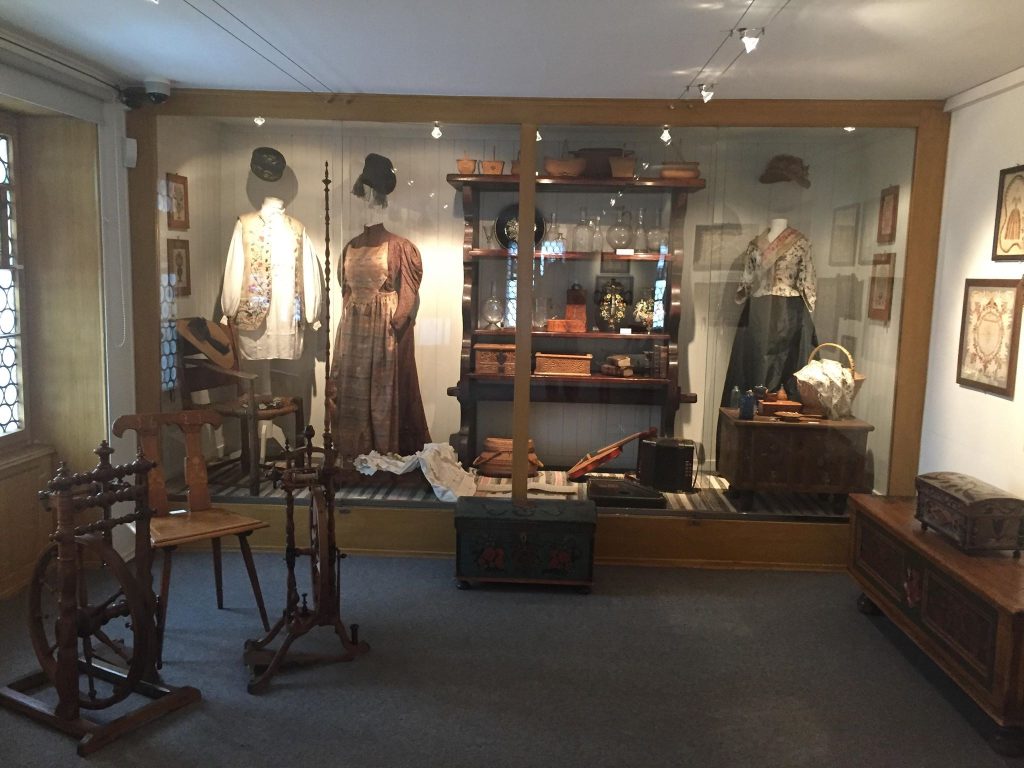
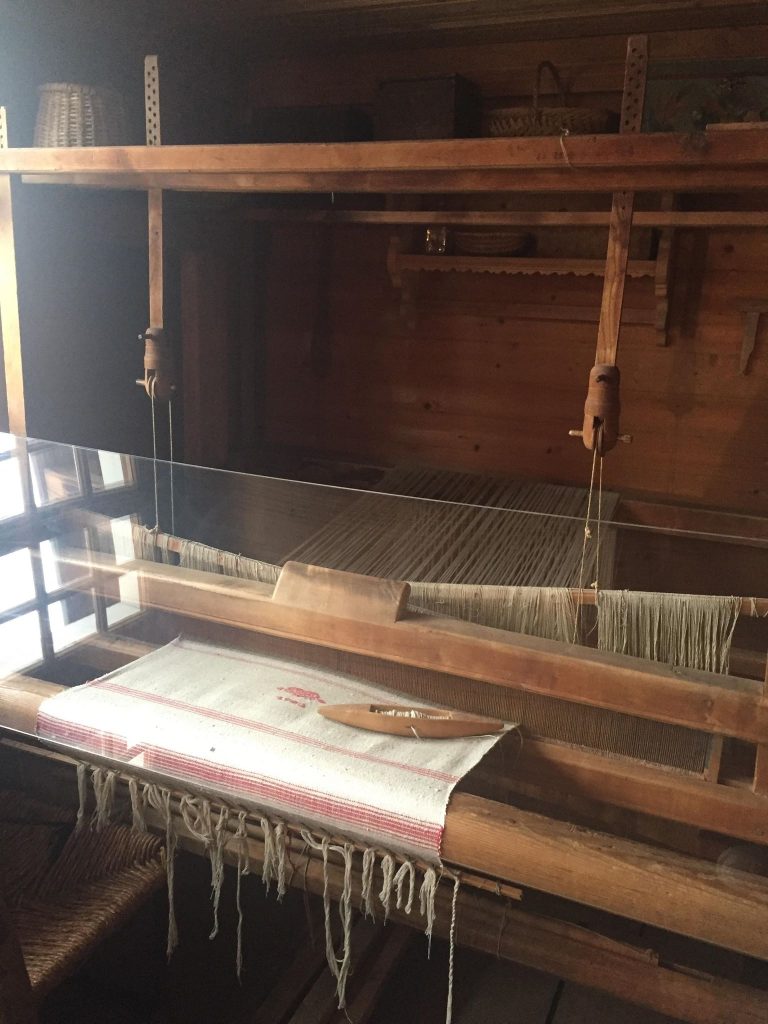
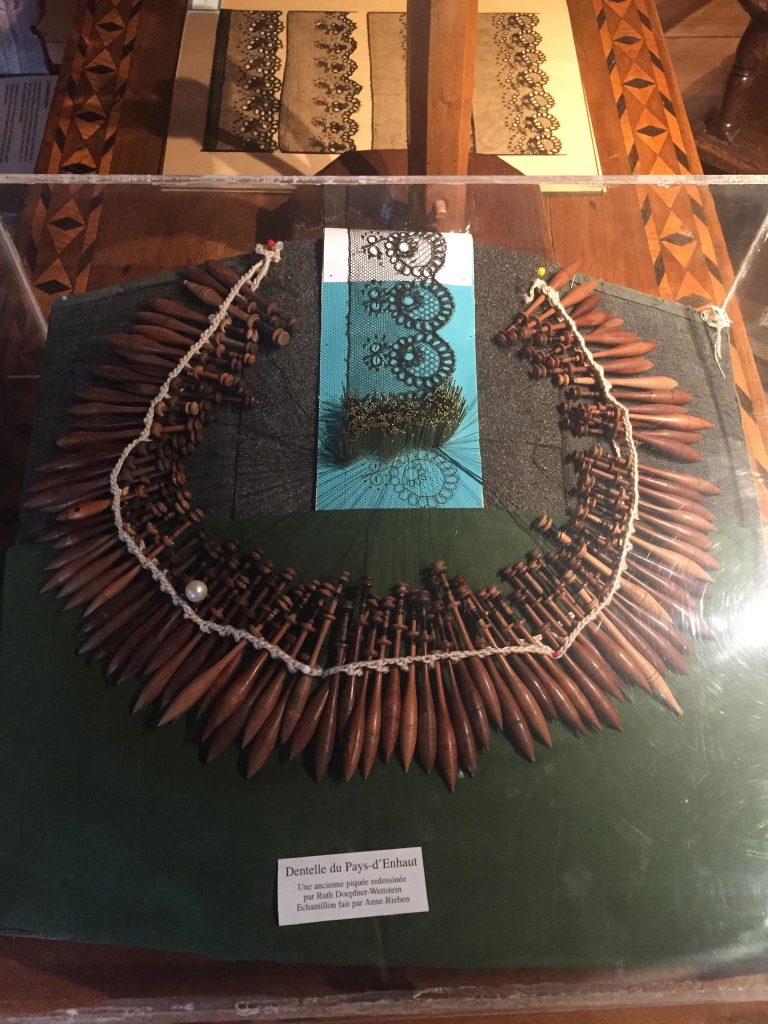
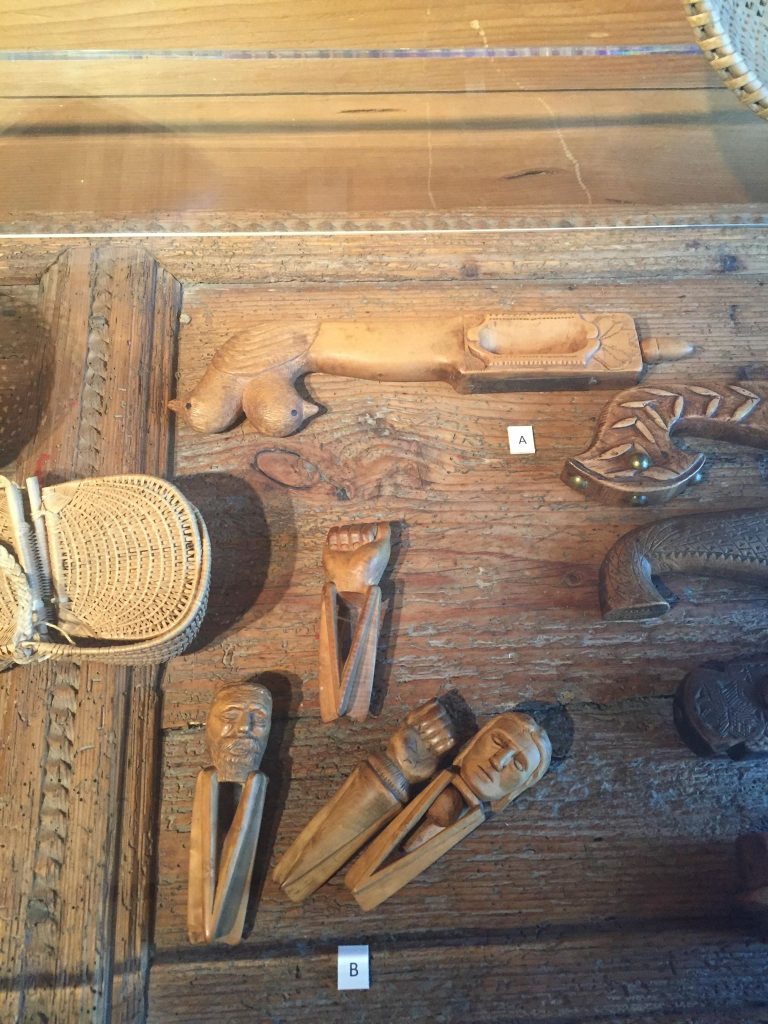
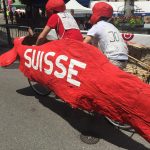
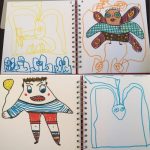
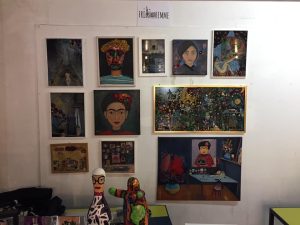
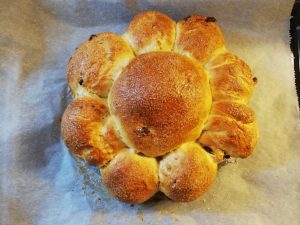
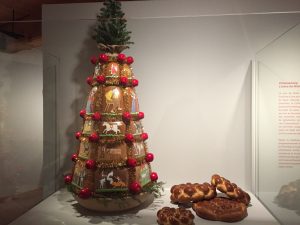
No comment yet, add your voice below!